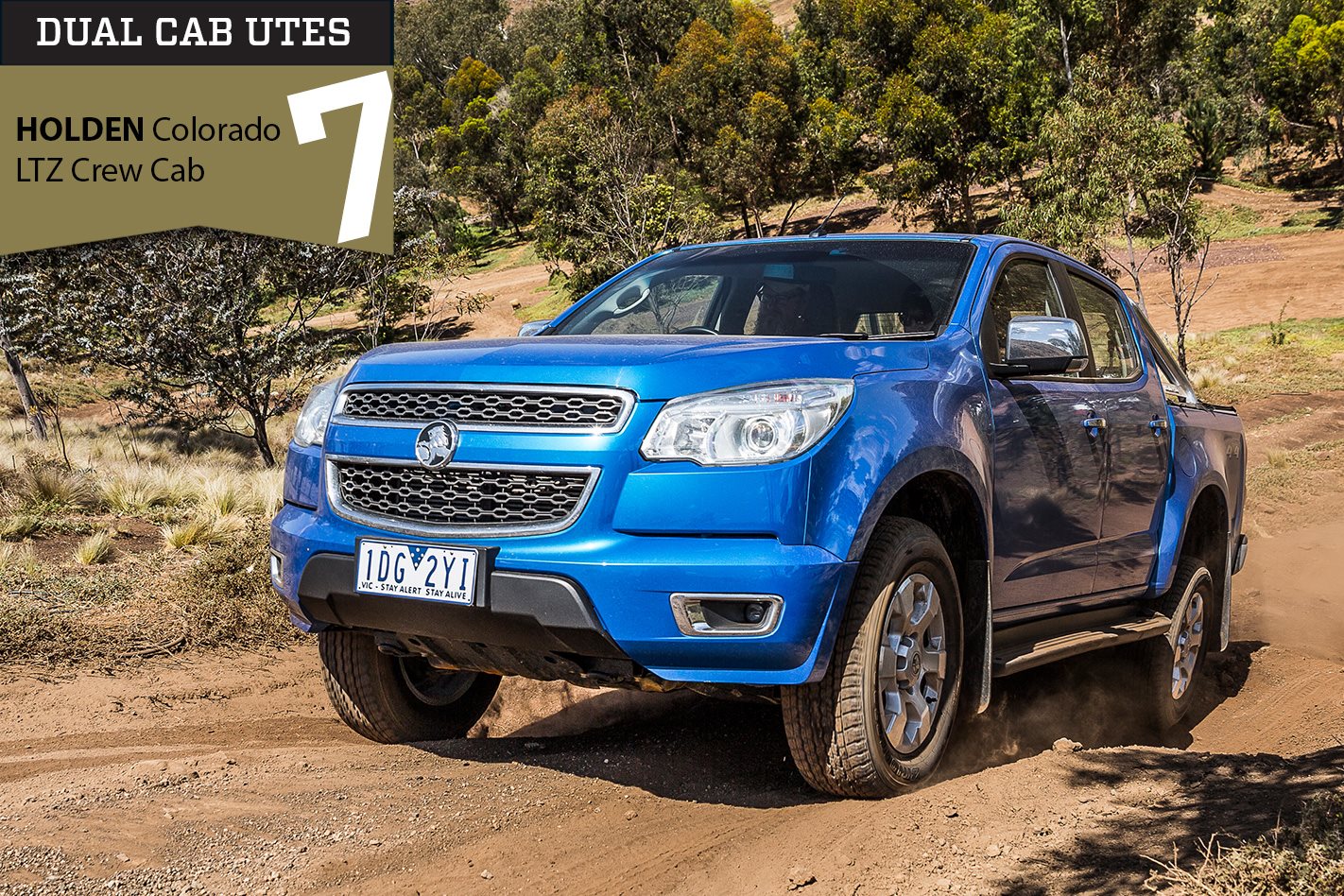There’s never been a better time to review the dual-cab 4×4 class of 2016 than right now. Wheels pitches eight of the biggest sellers in the segment for the title of King of the Heap. Here’s number seven, the Holden Colorado.
HOLDEN’S entrant may have a face that clearly links it to the family, and a Lion logo the size of a Frisbee, but it was developed by GM in Brazil, has an Italian engine, is built in Thailand, and shares chassis and body hardpoints with the Isuzu D-Max. The tuneable bits (springs, dampers and anti-roll bars) received attention from Holden, with a softer tune to make on-road dynamics more palatable for buyers used to unibody SUV comfort levels.

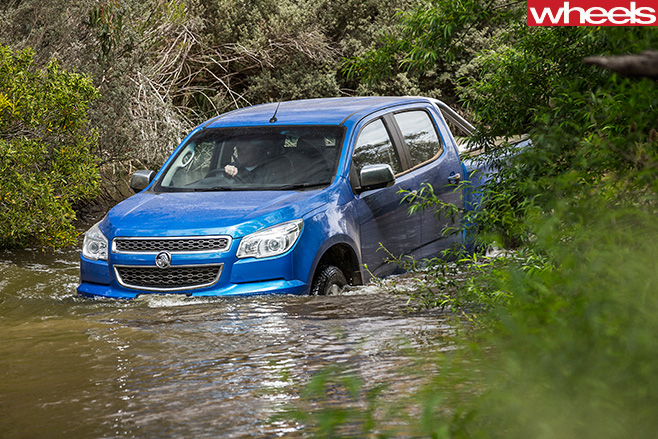
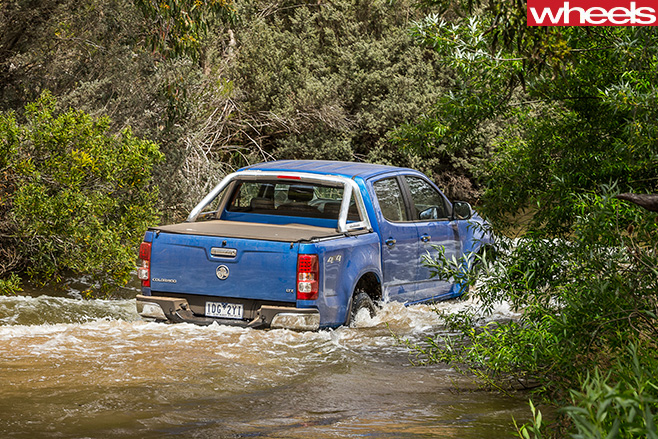
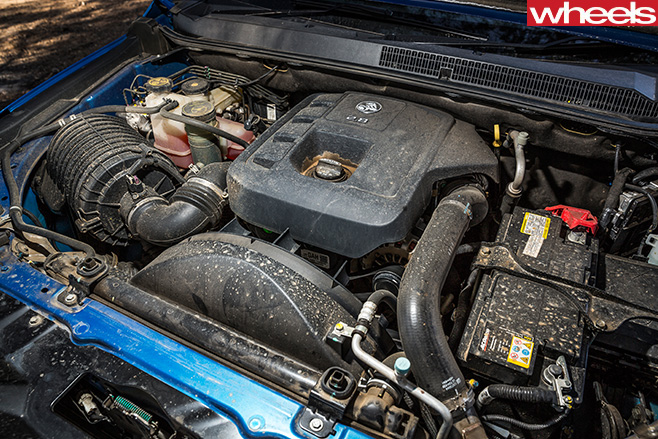
On dirt, the ESC is deftly calibrated to quickly curb spinning wheels and gently restrict slides, but over corrugations the steering kickback reaches eye-widening levels. At least the fast-acting ABS allows you to quickly scrub off speed to something less likely to cause further affront from the steering.
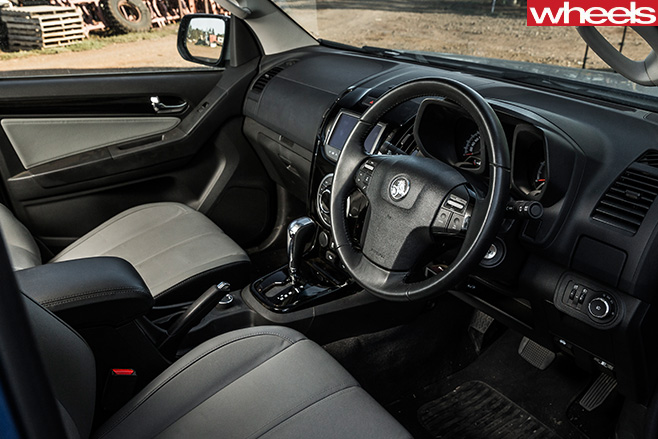
It’s a shame the platform and engine are well short of what’s needed, but Holden is working on another round of upgrades (due later this year) aimed at addressing drivetrain NVH issues, and improving cabin quality and functionality. We’re not expecting miracles, but if you’re wedded to the brand, it could be worth waiting to see what the updated model brings. For everyone else, keep reading.
Off-road performance
Like all the contenders here bar the Amarok, the Colorado offers a low-range four-wheel-drive mode. But the lack of a rear diff lock does put it at a disadvantage when the going gets properly steep and snotty. Granted, most owners would not attempt the almost absurdly steep and deeply rutted trail used by our test team, but it was telling that more than half the field was able to make the climb. The Colorado didn’t – only just – once the rear axle hit max articulation and traction headed south.
Stay tuned as we rank each contender in the Dual-Cab 4×4 ute mega test in the May 2016 issue of Wheels – on sale April 21.
 SPECS
SPECS
Model: Holden Colorado LTZ Crew Cab
Price as tested: $53,190
Engine: 2776cc 4cyl, dohc, 16v, TD
Power: 147kW @ 3600rpm
Torque: 500Nm @ 2000-2200rpm
Transmission: 6-speed automatic
Dimensions (L/W/H/W-B): 5347/1882/1780/3096mm
Weight: 2119kg
Tray capacity: 825kg
Braked towing capacity: 3500kg
Unbraked towing capacity: 750kg
Ground clearance: 210mm
Tyres: Bridgestone Dueler H/T 255/65R17
ADR81 fuel consumption: 9.1L/100km
0-100km/h: 10.2sec
0-400m: 17.4sec @ 130.6km/h
80-120km/h: 7.9sec
3yr resale: 59%
Plus: Largest engine capacity so high torque; comparatively swift
Minus: Gruff engine; wobbly on-road dynamics; chintzy interior
Verdict: 5.0/10



